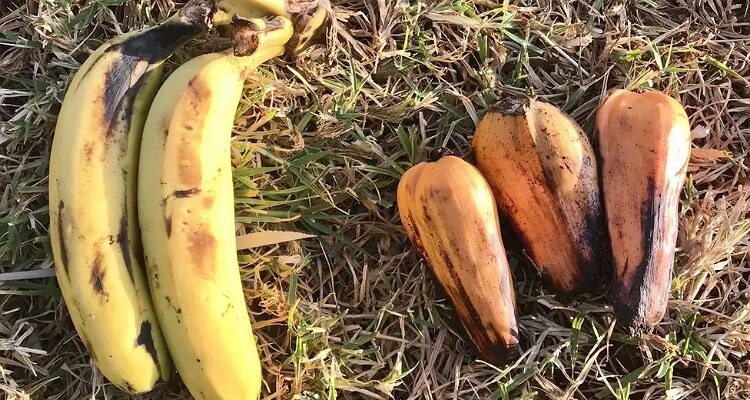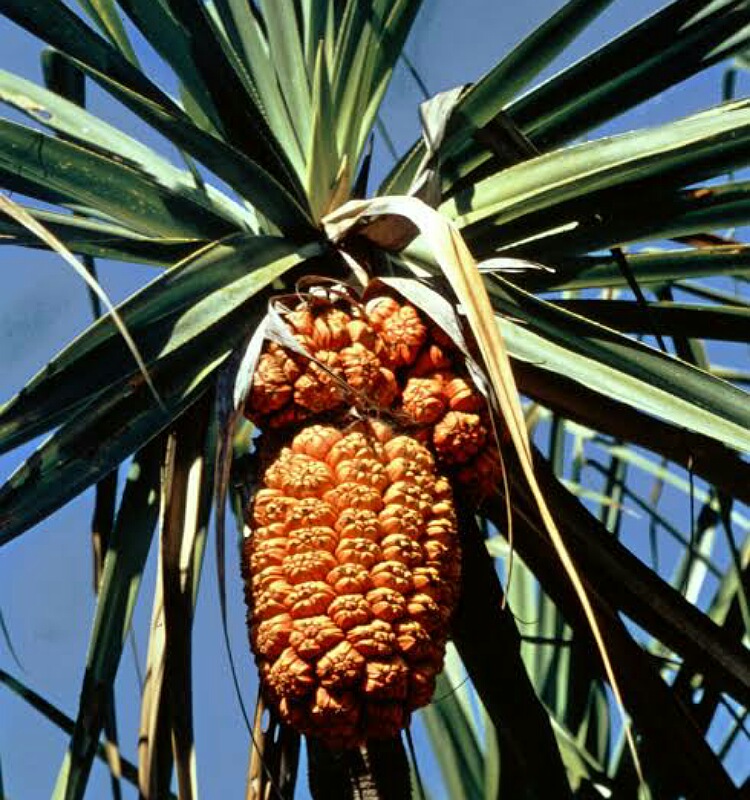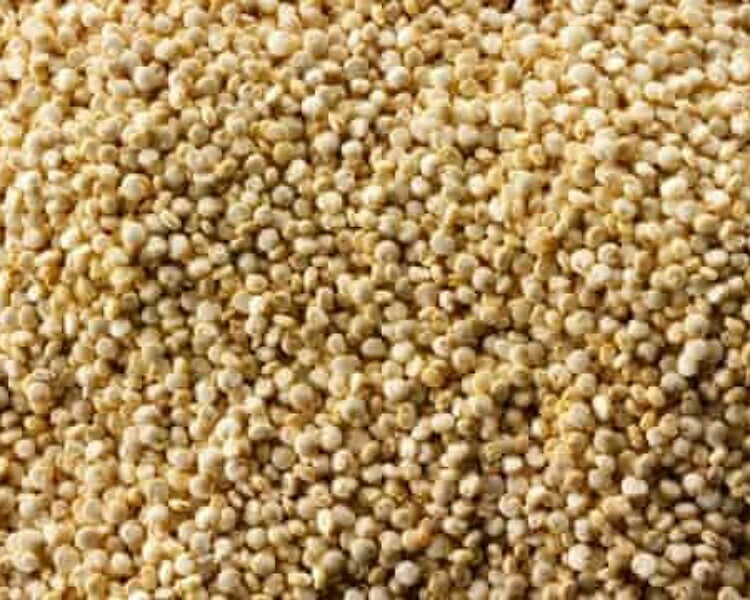There are innumerable edible things in the world. But we concentrate on only a few of them and grow them. The climate change would affect these crops and cause food scarcity. Moreover, the Russian-Ukraine war has shown that reliance on few globally traded crops could be risky. There are certain wild growths that can be edible and feed mouths. Which are these foods of the future 2050 that are edible and whose intake is likely to rise?
Edible crops, dangers and Foods of the future
There are more than 7000 kinds of crops in the world that are edible. Out of these, people widely grow only 417 for food purposes. More than 90% of the calories are presently coming from just 15 crops.
Due to the Russian-Ukraine war, there have been global shortages of many of these crops that these countries exported. This led to rise in the prices of these foods due to more demand and less supply. Moreover, environmentalists and scientists claim that the commonly used food crops are vulnerable to the climate change. For example, coffee plants can suffer damage due to the harsh climate effects.
In order to future proof the diets, the experts from the Royal Botanic Gardens in Kew, London have started looking out for those plants that could serve as foods of the future 2050. Diversifying foods can help. Kew researcher, Dr Sam Pirinon says:
“We know that there are thousands of edible plant species across the world that are consumed by different populations and this is where we can find some of the solutions for these global challenges of the future,”
The false banana

False banana or enset is closely related to banana and is found in only one part of Ethiopia. Though the fruit itself is inedible, the starchy roots and stems can be fermented to make bread and porridge. This tree can feed more than 100 million people globally. Thus it can reduce hunger and improve food security.
The Pandanus
The Pandanus or Pandanus tectorius is a small tree. It grows along the coastal regions of the Pacific Islands and the Philippines. It has a pineapple like fruit. This can be eaten raw or cooked. People of South East Asia use the leaves of this tree to enhance flavor of sweet and savory dishes.

This tree is a sturdy one and can withstand drought, gusty winds and even salty sprays, reveals Dr Marybel Soto Gomez. She is a research fellow at Kew’s Palm House. Marybel said:
“It is a climate resilient and nutritious food that is also delicious,”
“It would be great to diversify our food portfolio to include food that is culturally appropriate, nutritious, and can be grown in challenging conditions all around the world.”
If one can grow this tree sustainably with no negative effect on climate or local resources, it would help feed many and can be grown on a wider scale.
Wild cereals
Commonly eaten cereals are wheat, rice, millets etc. There are cereals from grasses too. They are delicious as well as nutritious. There are around 10000 species of these that could add diversity to our foods. Fonio or Digitaria exilis is a crop of Africa. It is nutritious and people make porridge, couscous and drink of it. The advantage of this crop is that it can withstand dry weather and tolerate climate change.

Beans
These legumes are a great source of protein and a food of the future. Moreover, they have lots of B vitamins and are relatively inexpensive. They can grow under diverse weather conditions including the slopes of mountains and hills or along the coastal areas.
These legumes come in 20000 species but what we eat are just s few of them. There are many more species growing in the wild that even scientists are unaware of. But not all are edible. Scientists are exploring this angle in order to know which properties can provide food and nutrition for humans.
Also, read Soybeans: 4 beneficial effects of their consumption on body!
People of parts of Botswana, Namibia and South Africa grow and consume the morama bean (Tylosema esculentum). It is a staple food for them. They boil the beans with maize or ground the beans into a powder form. The ground powder they add to porridge or their cocoa drinks.